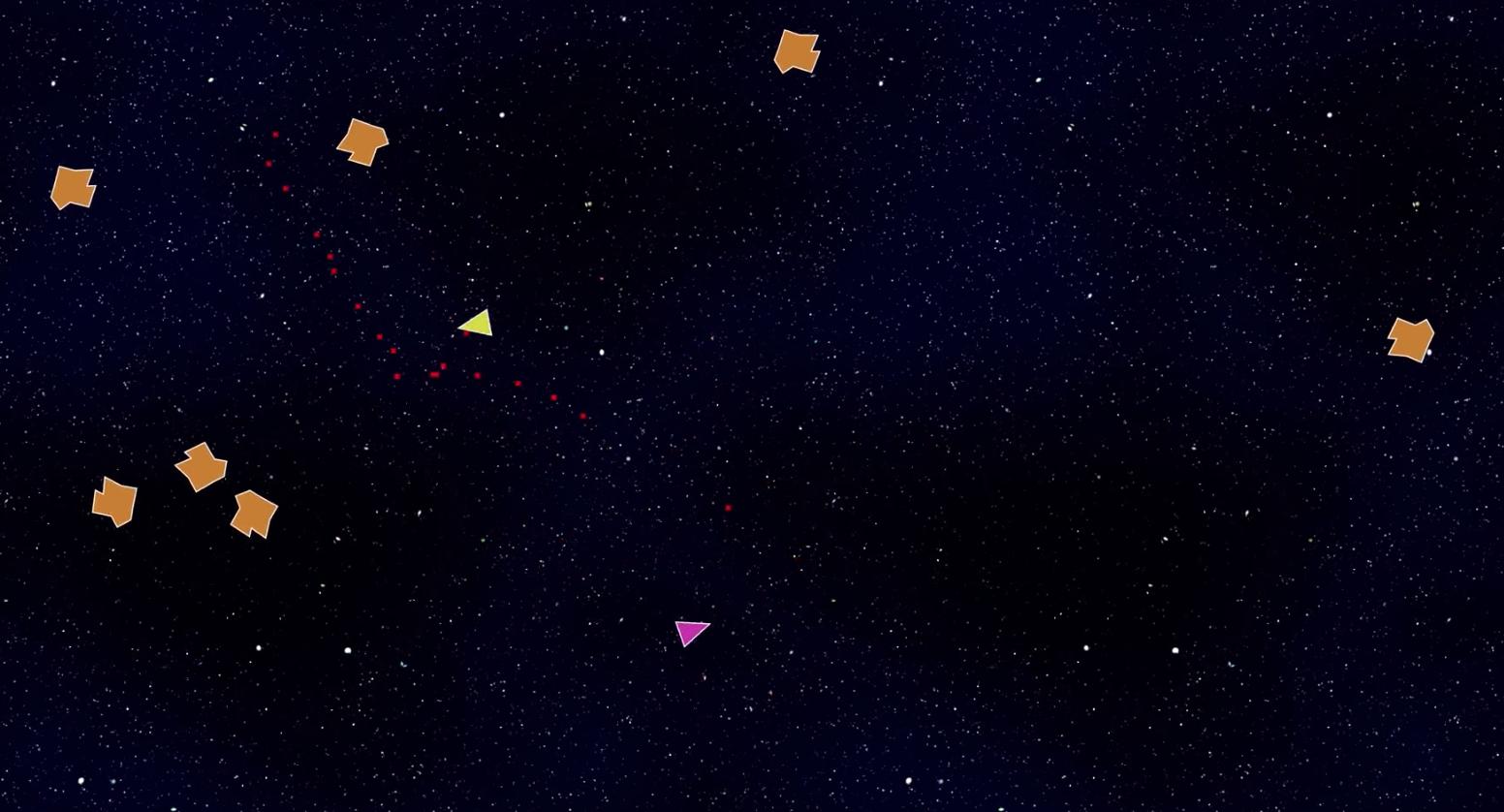Wondering how state synchronization works in games with lots of players like MMOs. It seems like a hard problem to solve and I am not aware if there are standard solutions. Specifically, synchronizing game clients (users playing game) with an array of centralized servers, and then broadcasting and merging the state with all the same connected clients. How it is done (and how efficiencies are implemented) typically, and what the structure of the game state is like.
To simplify this question, I am thinking in terms of a simple asteroids game:
You have n number of players, and the asteroids, players, and bullets are synchronized across clients. I am not familiar with how the game state should be modeled (if it's some quadtree thing you are sending around, or just a vector of patch/updates, etc.). There could be players all over the world, so latency is a factor.

